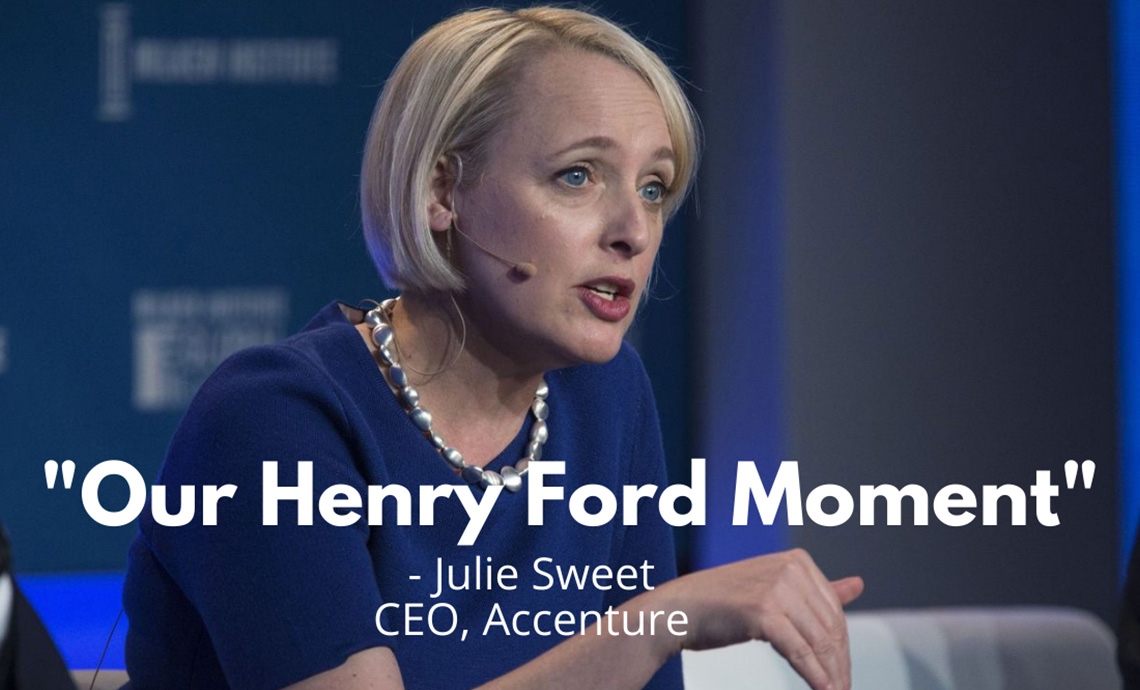Your data analytics project has two key elements of success: 1) planning and executing a good strategy, and 2) budgeting accurately. Just like any large initiative, accurately budgeting will significantly impact the perception of your success.
To budget well, you must apply careful consideration to your strategy’s total cost, from implementation to staffing resources and long-term maintenance.
Budgeting Wisely for Data Analytics
Maybe you’re beginning to budget for the fall, end-of-year, or simply getting a head start on next year’s summer deadline. In any case, July is an excellent time to evaluate and devise your data analytics strategy. To get you started, we compiled 4 key factors to consider:
- Total cost of ownership
When it comes to data analytics platforms, there are two common approaches we see trending among associations: a data lake and a data warehouse. These approaches relate to how the data is stored, and whichever path you select will set strong parameters around how the data can be used for visualization on the front-end. How you choose to store your data will also majorly impact the total cost of ownership. Here are specific components to evaluate as you consider the platform and methodology:- Infrastructure. Some solutions require you to purchase infrastructure while others don’t.
- Staff time. The level of staff involvement varies greatly in implementation, maintenance, and preparing and analyzing reports.
- Consultants. An outside consultant is sometimes required to manage various aspects of a project, from discovery to implementation to ongoing analysis. Other platforms are self-sufficient.
- Training. Some platforms require training to use the platform; others are intuitive and easy to use out-of-the-box.
- Post-launch modifications. The level of effort to customize or modify a platform varies from low (inexpensive and quick) to high (expensive and time intensive).
- Subscription/license fees. Depending on how the platform is hosted, the price structure will either be a lower subscription fee or a high upfront licensing fee.
- Cost Predictability
To budget accurately, you should evaluate your current needs and account for how those will change as your organization grows. How a platform handles scalability is a telltale sign of how expensive it will be over time; you want to be sure customizations and growth potential are inexpensive and easy for your platform.Critical for maintaining accurate budgets is being able to predict the actual financial commitment. Some options have high startup costs and licensing fees, while others (like Saas) have a predictable subscription model.
Staff resourcing is a cost that isn’t always considered; some solutions require in-house expertise or consultants to maintain the product or even use it efficiently while others require little-to-no training.
- Time-to-Value
Being able to prove return on your investment and cash in on immediate insights is important, but there is a large variance in the time-to-value category. Some options take years, while other solutions can start showing value in weeks.A project can lose momentum after years in the making, and any data analytics tool that doesn’t offer immediate value will be an uphill battle. A tool that provides value sooner will demonstrate ROI and provide avenues for further investigation, engagement, and adoption across your organization.
- Risk Mitigation
Both cost predictability and time-to-value lower the rate of unsuccessful projects. The longer a project takes to show value, the more risk increases.Some data analytics platforms require significant capital investment up-front, but without seeing insight along the way, it’s difficult to shift course. Alternatively, a shorter implementation shows less cost variance and lets an organization pivot to adjust easily as needed. A simple change in business model can immediately outdate a platform, so it’s essential to choose one that can be easily modified to meet new business goals.
Evaluating Your Options
Now that you’re equipped with the most important considerations, evaluate your options. Do you want to store your data in a data lake or a data warehouse? It matters. And should you host your platform in the cloud, on-premise, or a combination of both?
After you decide your best path forward, begin speaking with vendors. Be sure to keep the above considerations in mind and get real answers to your questions. Armed with the answers, you’ll be prepared to make and budget for a successful solution that can transform your organization.


